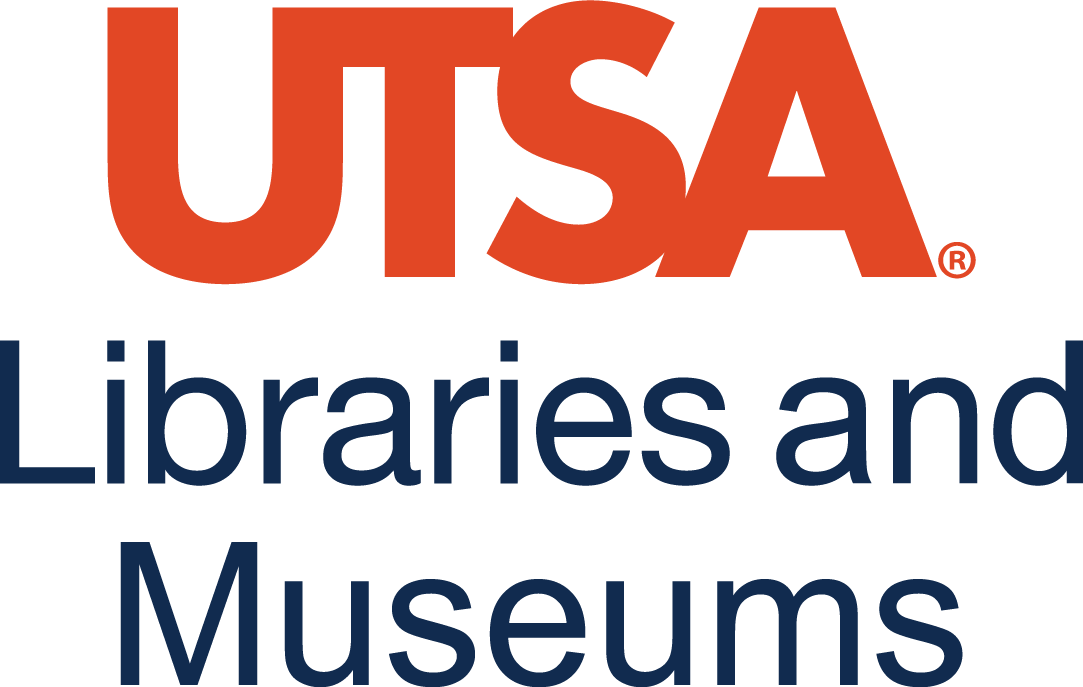Artificial Intelligence
4 Artificial intelligence in education: The three paradigms | Review
Bruna Damiana Heinsfeld
Article
Ouyang, F. & Jiao, P. (2021). Artificial intelligence in education: The three paradigms. Computers and Education: Artificial Intelligence, 2, 100020. https://doi.org/10.1016/j.caeai.2021.100020
Authors


Dr. Fan Ouyang 欧阳璠 and Dr. Pengcheng Jiao are research professors in the College of Education at Zhejiang University in China. Dr. Ouyang’s research predominantly centers at the intersection of collaborative learning, learning analytics implementation, and pedagogy development, while Dr. Jiao works with analytical modeling and computational engineering.
REVIEW
Summary
Research Method
FINDINGS
The paper also discusses the challenges and limitations associated with each paradigm. The AI–directed paradigm poses the risk of excessive reliance on AI, resulting in reduced student agency. The AI–supported paradigm may lead to AI replacing human teachers and struggles with personalization. Finally, the AI–empowered paradigm carries the risk of students being overly dependent on autonomy and lacking guidance. The authors argue that a combination of all three paradigms is necessary to fully tap into the potential of AIED, providing personalized, adaptable, and student–centered learning experiences.
IMPACT AND REFLECTIONS FOR THE FIELD AND FOR PRACTICE
The paper has significant implications for the field of education. Firstly, it offers a framework for understanding the different AIED paradigms and their potential impact on teaching and learning. This framework can guide educators and researchers in designing and evaluating AI–based educational interventions. Secondly, it underscores the need for further research into the effectiveness of AI in education and the ethical considerations surrounding its use. Such research can inform best practices across a range of educational settings, including K–12, higher education, and corporate training. Thirdly, it highlights the vital role of adequately training and supporting teachers in the implementation of AIED. Educators need the skills and knowledge to seamlessly integrate AI into their teaching methods and support students in utilizing AI tools. Finally, the paper suggests that AI has the ability to transform traditional educational practices by offering personalized, adaptable, and student–centered learning experiences and can impact various educational contexts, from K–12 classrooms to corporate training programs.
The research presented in the article has practical applications in educational settings. Among these applications, it is relevant to highlight that educators can use the framework outlined in this paper to design and evaluate AI–based educational tools. By understanding the different AIED paradigms and their underlying theories, educators can select appropriate AI tools for their specific educational contexts. Additionally, the paper emphasizes the value of training and supporting teachers in implementing AIED. Educators must be equipped with the necessary skills and knowledge to seamlessly integrate AI into their teaching practices and assist students in utilizing AI tools effectively. This can be achieved through professional development programs and institutional support. Lastly, the paper highlights the need for further research into the effectiveness of AI in education and the associated ethical implications. Educators can contribute to this research by conducting their own studies and sharing their findings with the broader educational community.
LIMITATIONS AND FUTURE STUDIES
While this study offers valuable insights, the authors acknowledge that their search for relevant articles was limited to specific databases and keywords, potentially resulting in the omission of pertinent articles, and affecting the comprehensiveness of the findings. To address this limitation, future research could expand the search to include additional databases and keywords. Additionally, the paper primarily focuses on theoretical frameworks and does not delve deeply into the practical aspects of AI implementation in education. Future research could bridge this gap by conducting case studies or surveys to explore how AI is used in practice and what factors contribute to its success or failure. Researchers could also conduct more detailed analyses of specific AI tools and techniques to gain a deeper understanding of their effectiveness across diverse educational contexts. Lastly, while the paper acknowledges the ethical implications of using AI in education, these issues are not thoroughly explored. Future research could delve into these ethical concerns, including matters related to privacy, bias, and the evolving role of human teachers in AI–enhanced learning environments.

